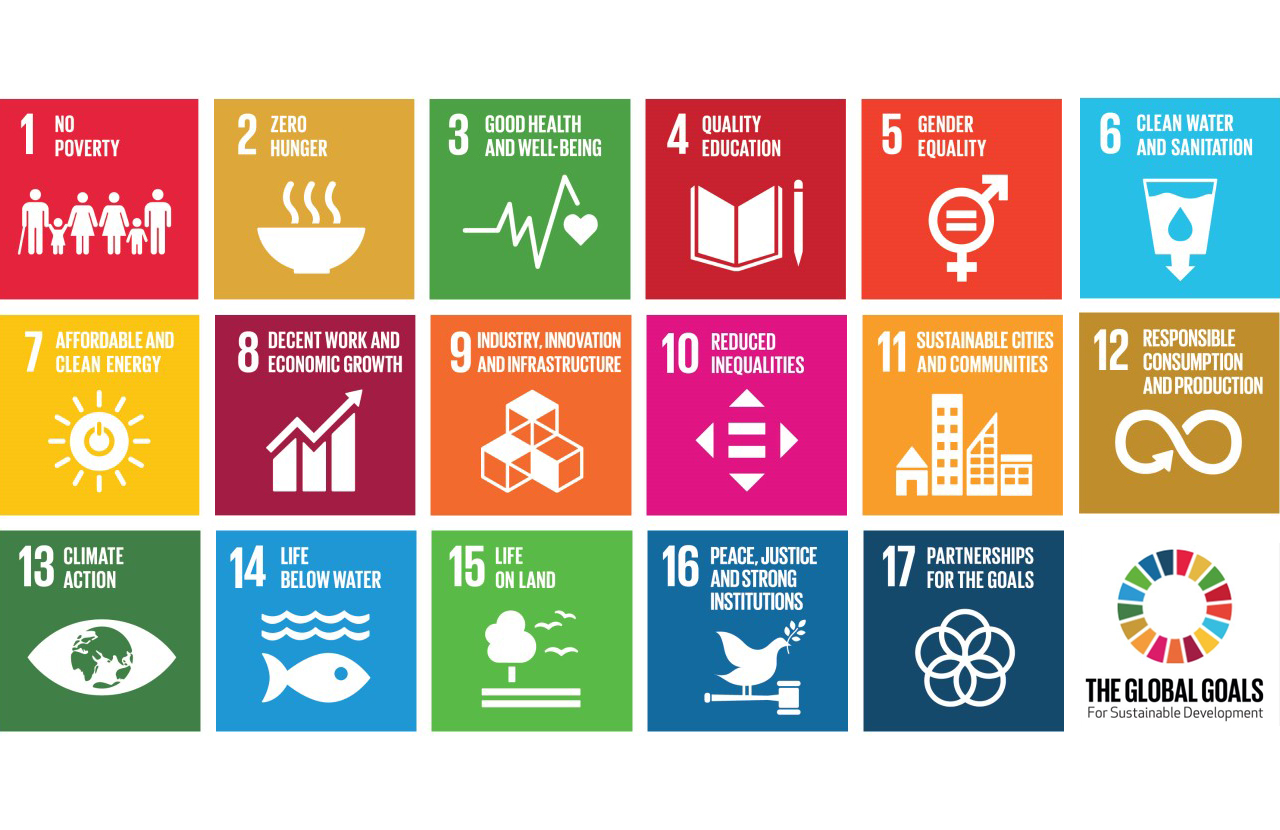FAO e-learning courses on Sustainable Development Goals indicators

17 Goals and 169 targets, plus a wealth of indicators for countries to track progress, is a lot! As the custodian agency for 21 SDG indicators, and partner agency in four other indicators, FAO has a critical role in the 2030 Sustainable Development Agenda.
With the aim of assisting Member Countries in this global effort, FAO has developed a new series of e-learning courses on the SDG indicators under its responsibility. The launch event took place on 12 February at FAO headquarters in Rome. The webcast is available here.
The first batch of eight e-learning courses is already available online, free of charge, as a global public good, through the FAO e-learning centre in the category “Sustainable Development Goal indicators” and under the FAO SDG indicators webpages. Additional courses are being developed and will be progressively made available during the coming months. At this stage, the products have been published in English, but will also become available in other UN official languages in the future.
“In order to move forward with the 2030 Agenda, we need to improve countries’ statistical capacities”, Maria Helena Semedo, Deputy Director-General Climate and Natural Resources, highlighted during the event. The e-learning products are intended to strengthen national capacities in collecting, analyzing and monitoring the SDG indicators under FAO’s custodianship.
Many of the indicators are collected through well-established FAO processes, from the Government Expenditures on Agriculture questionnaire to the Global Forest Resources Assessment. There are also a number of newly created indicators requiring new methods and data collection mechanisms to be established at country level. Some of them are particularly challenging and required extensive consultations with countries and partners.
The SDG global indicator framework devotes particular attention to data disaggregation. FAO Chief Statistician Pietro Gennari remarked that “disaggregated data can reveal hidden inequalities based on gender, age, income, geography, occupation and other aspects of social identity, which are important to bring to light, in order to reflect the 2030 Agenda’s guiding principle of ‘leaving no one behind.’”
Ms Marcela Villarreal, Director of Partnership and South-South Cooperation Division, emphasized the importance of capacity development efforts at both individual and institutional levels for achieving the SGDs. “E-Learning was selected as one of the principal delivery methods in order to broaden the pool of experts on SDG monitoring, foster member countries' ownership, and ensure large-scale uptake and impact” further explained FAO E-learning Team Leader Cristina Petracchi. In addition to these courses, a number of capacity development initiatives are being designed jointly, including hands-on training workshops and webinars.
“The information in the e-learning on SDGs really needs to be absorbed by lots and lots of people. FAO has a big base of almost 500 000 users of e-learning courses, which we need to further increase through massive online communications”, concluded Daniel Gustafson, Deputy Director-General Programmes.
The SDG indicators are only a starting point to help countries achieve progress. While regular monitoring can shed light on the impact of development interventions, governments must commit to using consistent SDG-related data to design and implement policies to address hunger and inequality.
